I received an email from Hannah at Trowbridge Museum about some of my visual poems that she’d seen on social media, particularly the ones I’d made using wildflowers and plants (which I’ve mentioned before on this blog). Hannah asked if I could design and lead some flower-based visual poetry workshops for young people (aged 7+) incorporating the extensive herbarium (a collection of dried plants) collected by late 18th, early 19th century poet and clergyman George Crabbe, which is archived at the museum (I wrote about that here). What a wonderful idea and project to be involved in – of course, I said yes. The workshops form part of The Wild Way Home, Trowbridge Museum’s contribution to The Wild Escape, a major creative project for museums and schools taking inspiration from the natural world and wildlife found in museum and gallery collections.
My interest in making poems using wildflowers and natural garden debris, such as fallen leaves and decomposing flowers, started a few years ago when I became more concerned about the climate crisis and tried to find a way to create work that draws attention to both the beauty and vulnerability of the natural world. To my mind, paying attention in this way acknowledges the importance of something and I love the fact that George Crabbe carefully gathered, preserved and labelled a wide range of flowers, wildflowers and plants, honouring each with care and attention so that the collection is still available to enjoy more than 190 years after his death in 1832.
My first workshop for this project took place last Saturday. A group of about 14 young people and their carers first gathered in the museum to look at George Crabbe’s desk, wonderfully restored. Also on offer in the museum is a drawer containing the poet’s spectacles, samples from his collection of plants and fossils and an early example of one of his poetry books. Through the window of the museum, even though it was a misty morning, we looked across town to the spire of St James’ Church, the church were George Crabbe was Rector from 1814 until his death in 1832.


Then we went up to our workshop room to find out a little more about George Crabbe, his life and work, and to be introduced to the idea of visual poetry.
The child of both poetry and the visual arts, visual poetry has a double set of interests and its forms are myriad…
Geof Huth, ‘Visual Poetry Today’ (Poetry Foundation)
There was a lovely range of ages in my first workshop, a few younger siblings joined in, as well as parents, grandparents and carers. We talked about pattern, repetition, shape and rhyme in poetry, and how that might be represented visually. We also learned that George Crabbe wrote long narrative poems, predominantly in the form of rhyming couplets, and I showed the group some of my own visual poems, where I’ve used the same flower at the end of each line to represent a rhyme, and more recent poems using photocopies of fallen leaves.
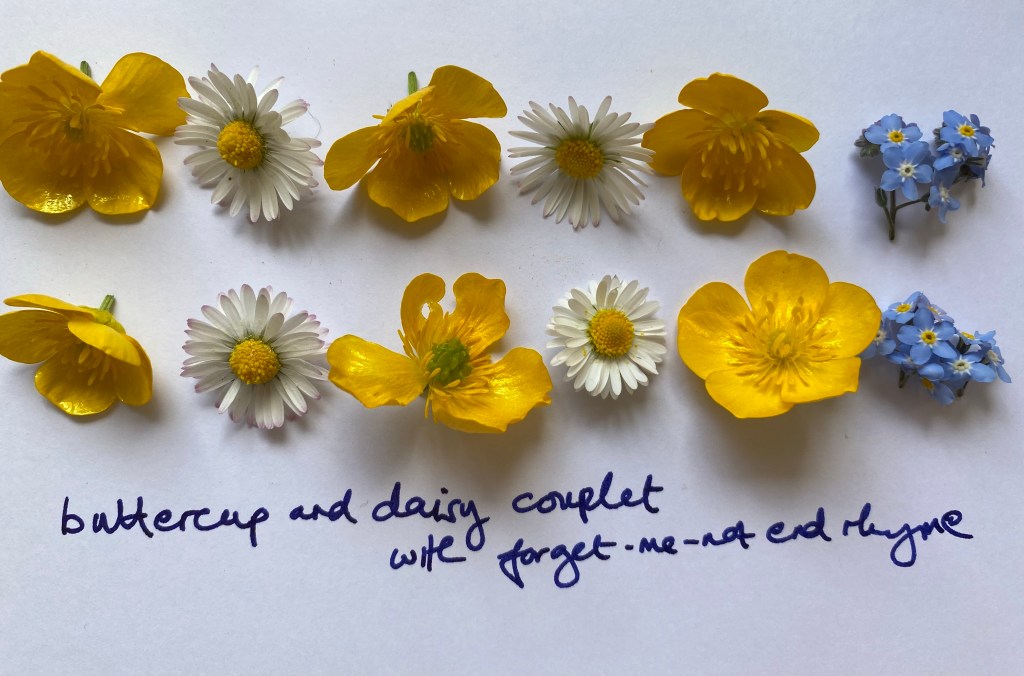

Then the group spent time with George Crabbe’s herbarium, carefully handling specimens (all kept under clear protective covering to preserve them) and selecting the ones they wanted to work with. Hannah, from Trowbridge Museum, photocopied the chosen specimens, then the participants set to work, cutting and pasting photocopies of flowers, or drawing and colouring them, or making 3D models of flowers and a garden landscape, or a combination of all of this. One workshop member had a go at writing rhyming couplets in the style of George Crabbe. We talked about how Crabbe included common wildflowers in his collection and the group was very knowledgeable about the insect-enabling, pollinating benefits of flowers and plants, incorporating bees, butterflies and other insects into their creative work, a few samples below!
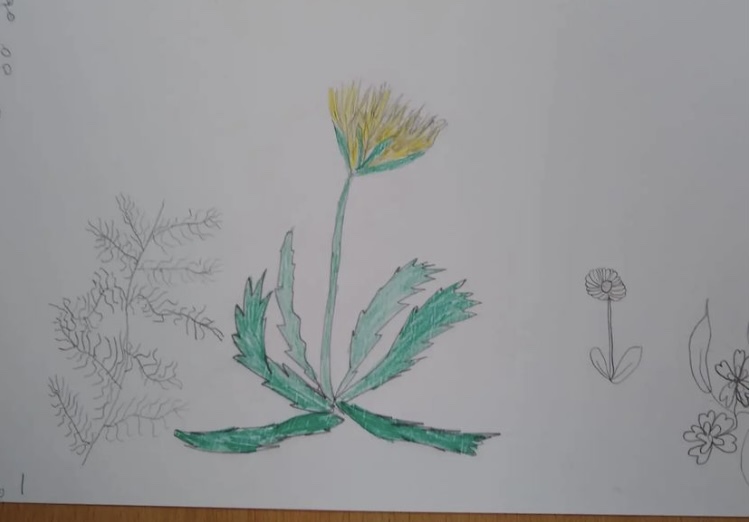


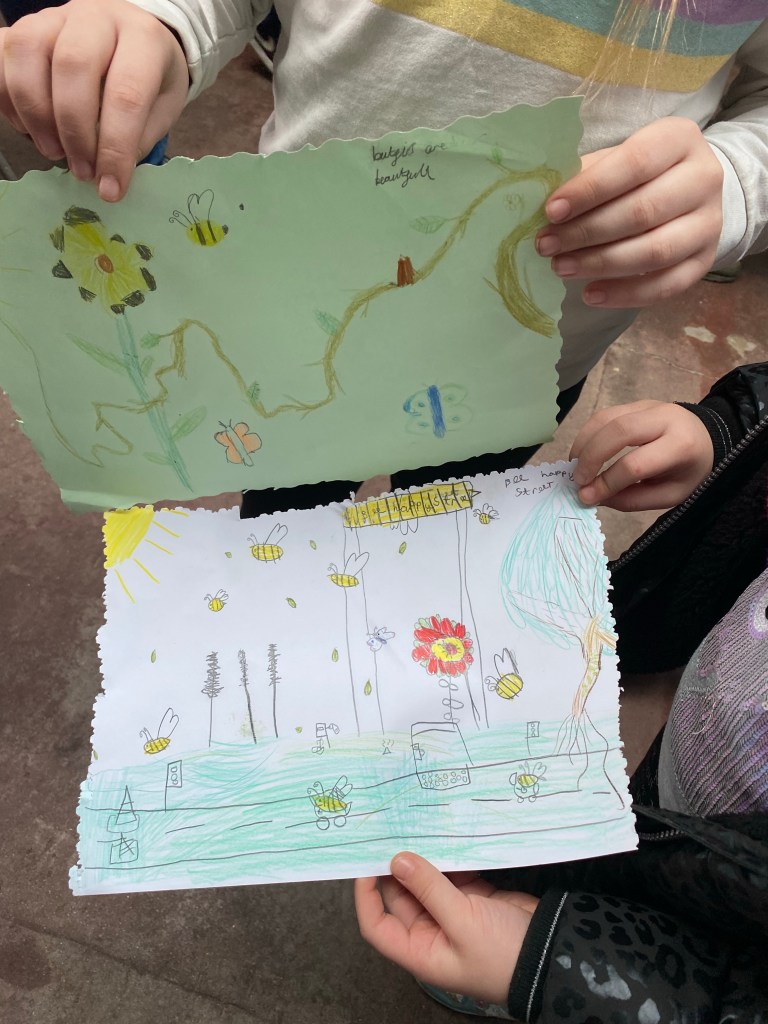

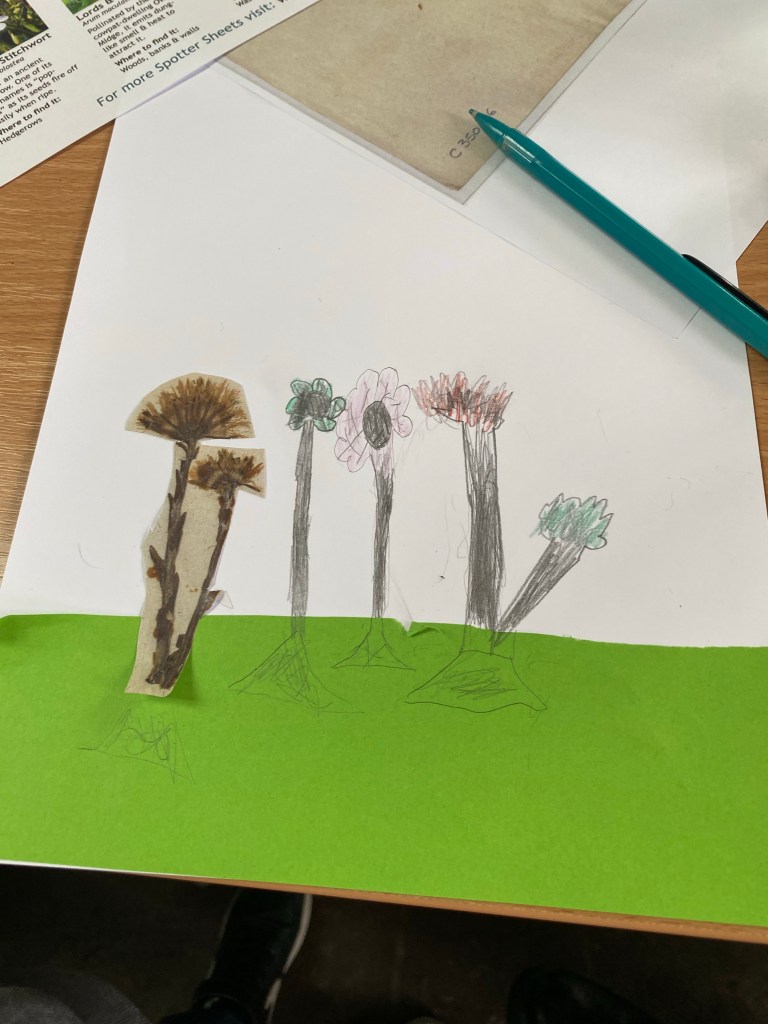
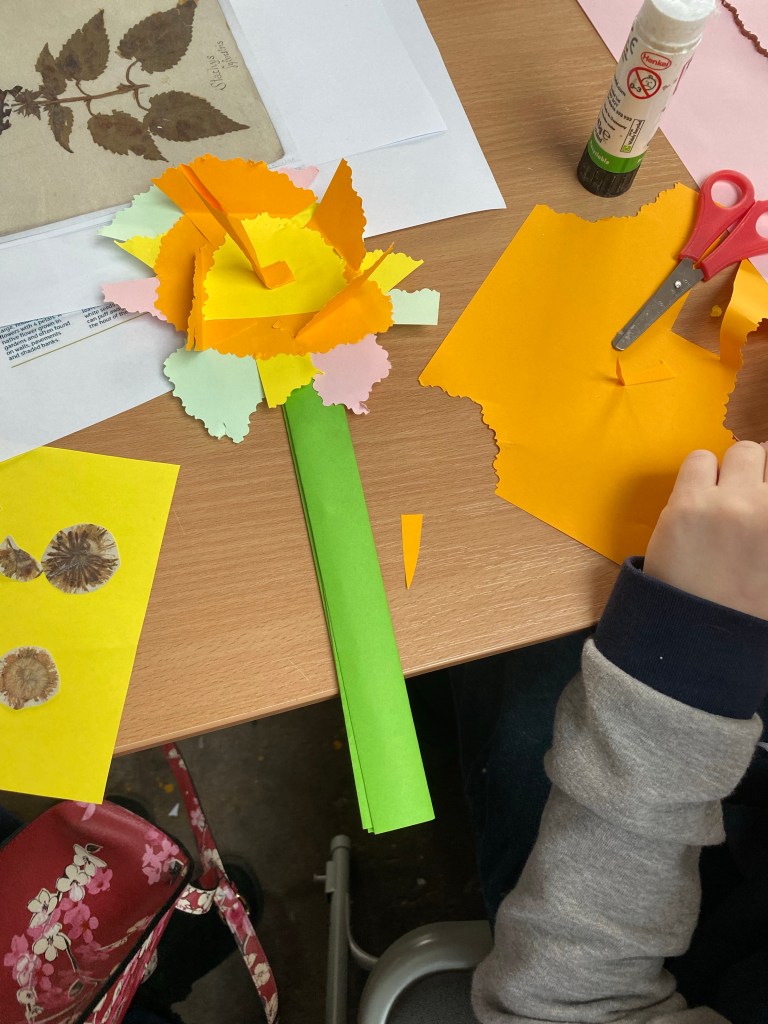

It’s great that the group spent time with and were inspired by archived materials to make creative work and I thoroughly enjoyed working with such a super group. I’m running two more visual poetry workshops at the museum this year on February 18th and March 18th. Tickets are free and available on the museum’s website.

Demonstrating the absolute value of creative work by your careful attention.
LikeLiked by 1 person
Thanks for such a lovely comment, Janet! 🌸
LikeLike
[…] Josephine Corcoran, Flowers, visual poetry and George Crabbe’s herbarium in a workshop at Trowbridge Museum […]
LikeLiked by 1 person
What wonderful work! An inspired combination of you, and the museum, and the young people, Josephine!
LikeLiked by 1 person
Oh thanks for such a lovely comment Jean! A delightful project to work on x
LikeLiked by 1 person
[…] having a lovely time making visual poems for my workshops at Trowbridge Museum which I wrote about here. This work lead me to think about ways to extend my visual poetry practice, greatly helped by an […]
LikeLike
[…] run two visual poetry workshops for Trowbridge Museum this year, which I wrote something about here, and there is one more scheduled for Saturday, 18th March, 10.30am – 12.30pm. The starting […]
LikeLike
[…] In 2023, I’ve been facilitating workshops for Trowbridge Museum, making use of some of its natural history archives, in particular a beautiful herbarium of dried plants and flowers collected by poet, botanist and clergyman George Crabbe who lived and is buried in Trowbridge. I’ve worked with people and families aged seven to adult, making visual poems and collages inspired by Crabbe’s work and love of nature. The workshops were an opportunity for participants of all ages to closely observe, draw, write and talk about wildflowers and plants and their wildlife benefits. More about these workshops here. […]
LikeLike